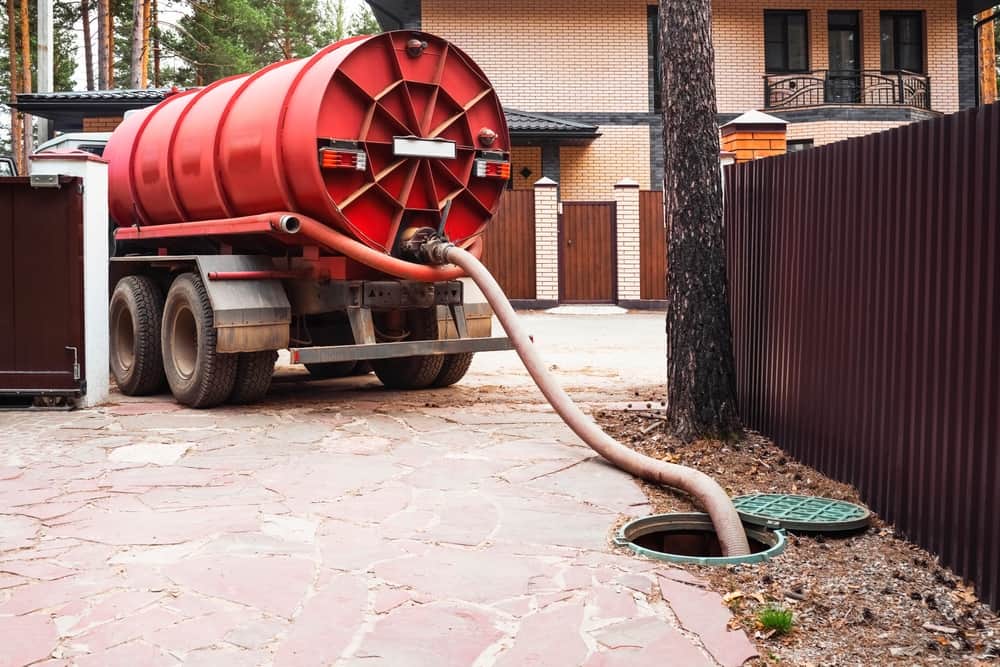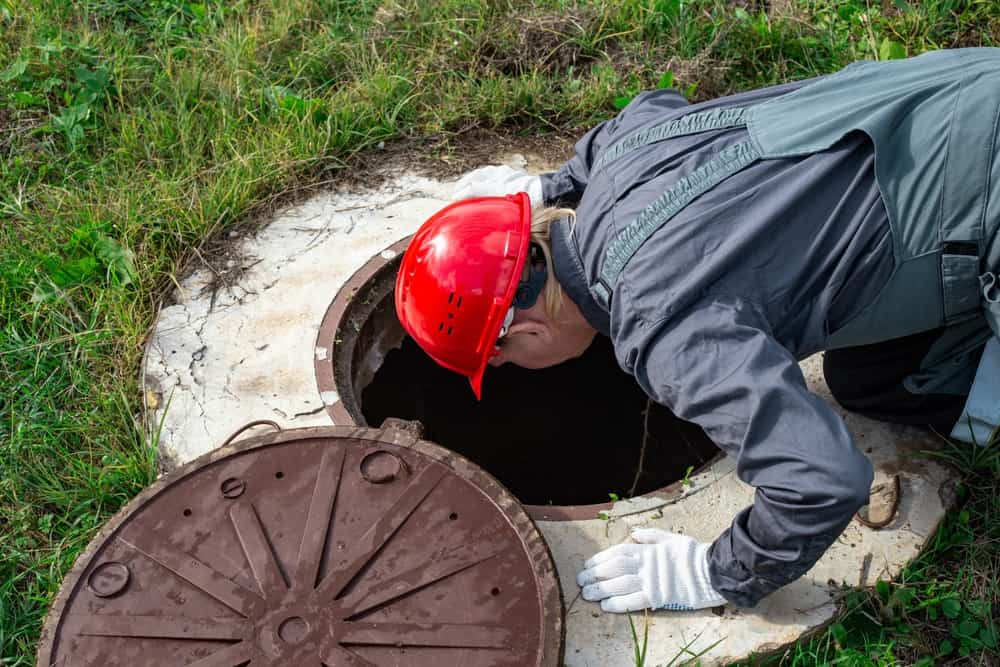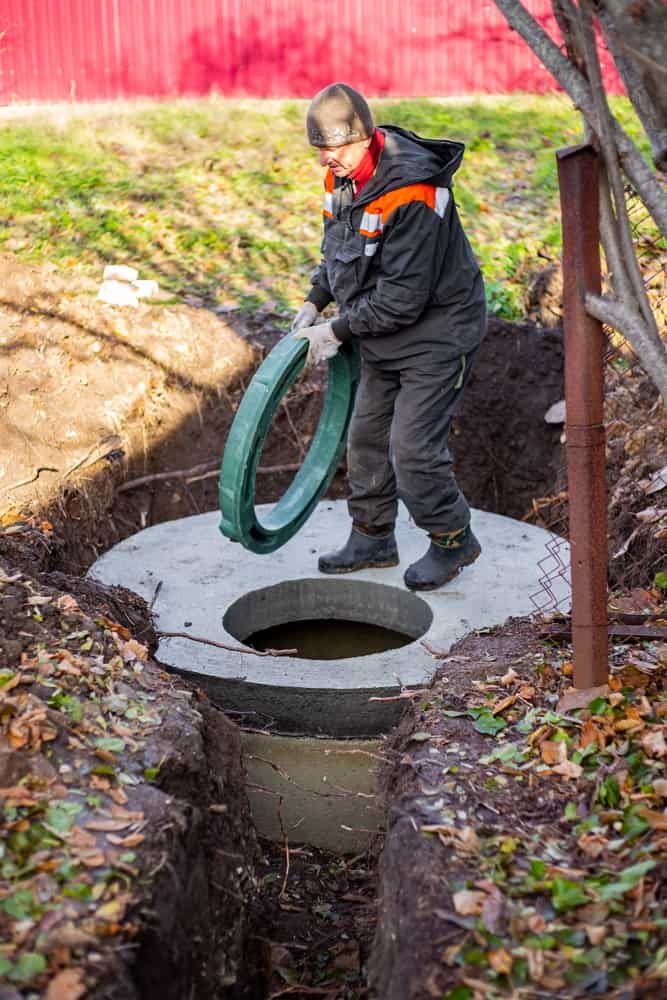What our clients say




Efficient Septic Tank Pumping in East Marion, NY
Why Choose EZ Cesspool for Your Septic Needs?
When seeking a dependable septic tank maintenance and service provider in East Marion, NY, it’s clear that no other company can quite match the unparalleled expertise and unwavering dedication of EZ Cesspool. For years, residents of Suffolk County have consistently turned to us, placing their full trust in our capabilities for their septic tank pumping and overall maintenance needs. Our highly-skilled crew, state-of-the-art equipment, and unwavering commitment to customer satisfaction ensure that every septic tank we service remains in its best operational state.
At EZ Cesspool, our profound understanding of the unique septic system requirements of East Marion, NY sets us apart. As an integral part of this community, our familiarity extends beyond just services – we’re deeply in tune with Suffolk County’s specific soil conditions, fluctuating water tables, and the intricacies of septic regulations. Armed with knowledge, our adept team is poised to handle any septic challenges swiftly and effectively. Our reputation for prompt responses and efficient service solidifies our position as the go-to septic service provider. For a comprehensive consultation or any inquiries, don’t hesitate to call us at 516-676-1199.


The Importance of Regular Septic Tank Pumping
Your septic tank is an essential component, playing a pivotal role in managing waste for your household or business, ensuring that environmental standards are met and that your premises remain sanitary. As time progresses, the solids within the tank inevitably accumulate, and if left unchecked, they can interfere with the optimal functionality of the entire system. Regular intervention is necessary to remove these solids and prevent the undesirable consequences of an overrun system. Failure to maintain and pump your tank can lead to a series of unfortunate events, from disturbing odors permeating your property, to messy backups, and, in worst-case scenarios, environmental contamination that can harm the local ecosystem. For the inhabitants of Suffolk County, the urgency of these issues cannot be overstated, as the region thrives on efficient waste management, which is fundamental for maintaining community health and well-being.
In the realm of septic services, EZ Cesspool stands out as a beacon of excellence. With our track record of consistently delivering top-notch septic tank pumping services in East Marion, NY, we’ve made a tangible difference in the lives of many residents. Emphasizing the importance of regular maintenance and timely pumping, our team of seasoned professionals not only work to extend the longevity of your septic system but also help you avoid the hefty costs associated with extensive repairs. More than just a service, we see our work as a commitment to the well-being of both your property and the broader environment of Suffolk County. Whether you’re uncertain about when your tank last received service or are a newcomer to East Marion, NY, and need guidance, please reach out to us at 516-676-1199. We’re always here to assist and guide you through the intricacies of septic system care.

Ensuring Suffolk County’s Environmental Well-being
A malfunctioning septic tank doesn’t just affect the homeowner; it has broader implications on Suffolk County’s environment. Leaks and overflows can contaminate local water sources, harm wildlife, and pose health risks to the community. At EZ Cesspool, we take our role in protecting the environment seriously.
As part of our commitment to East Marion, NY, and the broader Suffolk County, we adopt environmentally-friendly practices in all our septic services. Our team ensures that waste is appropriately treated and disposed of, reducing any environmental impact.
It’s not just about doing business; it’s about safeguarding the health and well-being of Suffolk County’s residents and its natural resources. When you choose EZ Cesspool, you’re partnering with a company that values and prioritizes the environment and community it serves. Ensure the health of your septic system and the environment by entrusting your septic needs to the experts at EZ Cesspool.
Contact Us
East Marion is a census-designated place (CDP) that roughly corresponds to the hamlet by the same name in the town of Southold in Suffolk County, New York, United States. The CDP population was 926 at the 2010 census.
Useful links for East Marion, NY
Call Us Today!!
EZ CESSPOOL
We’re Available 24/7 For Emergencies – Ranked #1 Best Service – Residential & Commercial Cesspool Inspections
